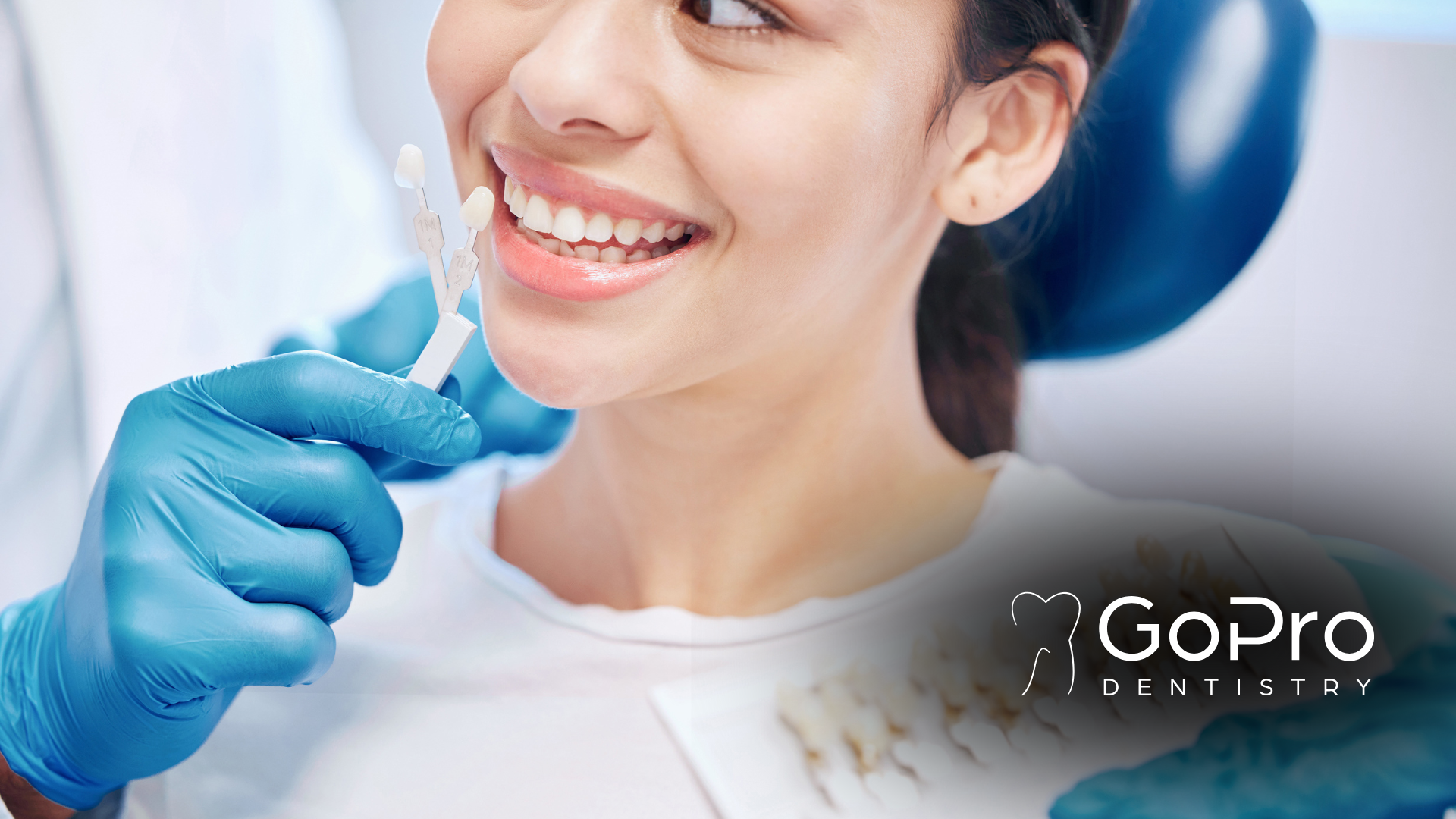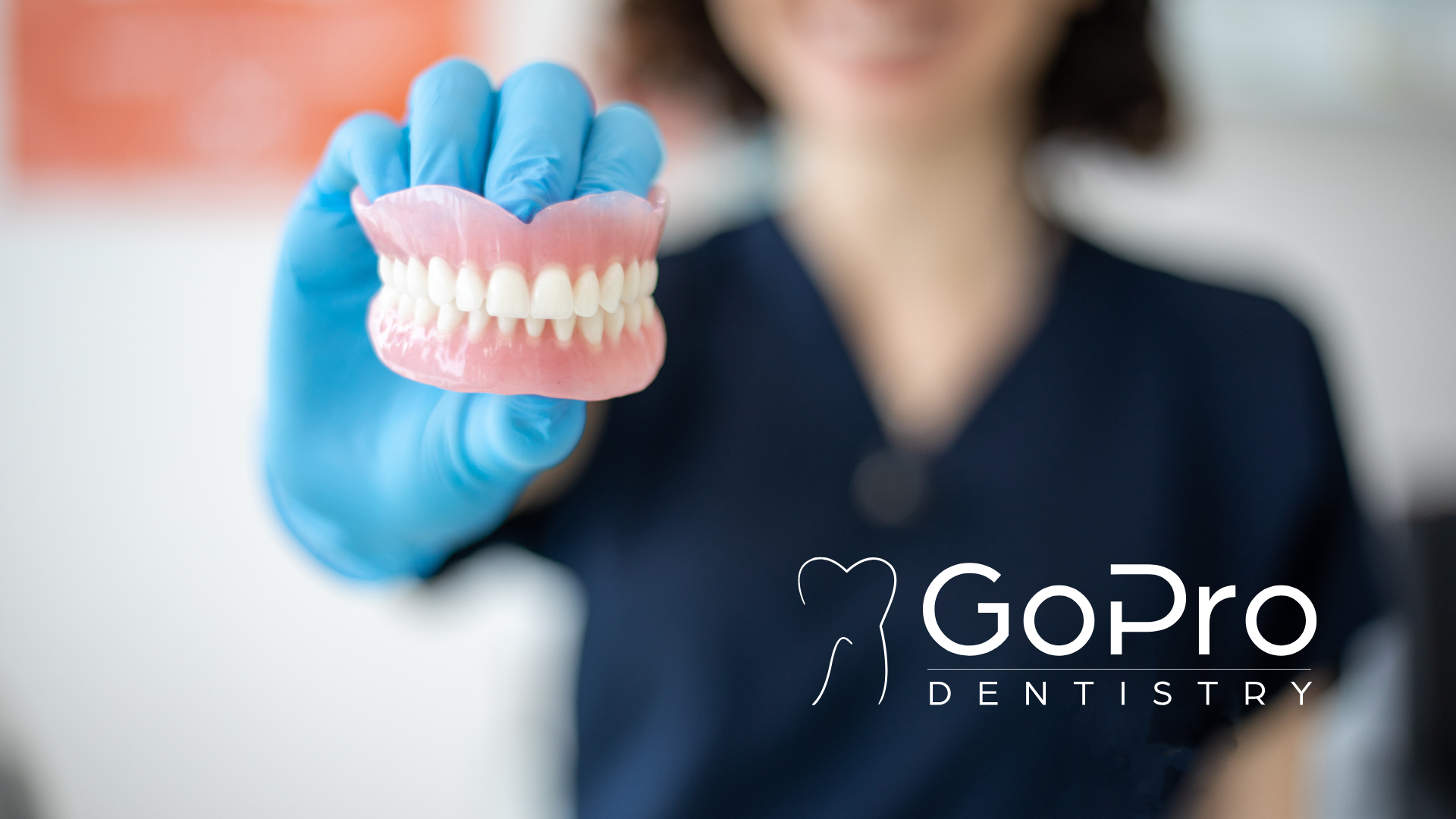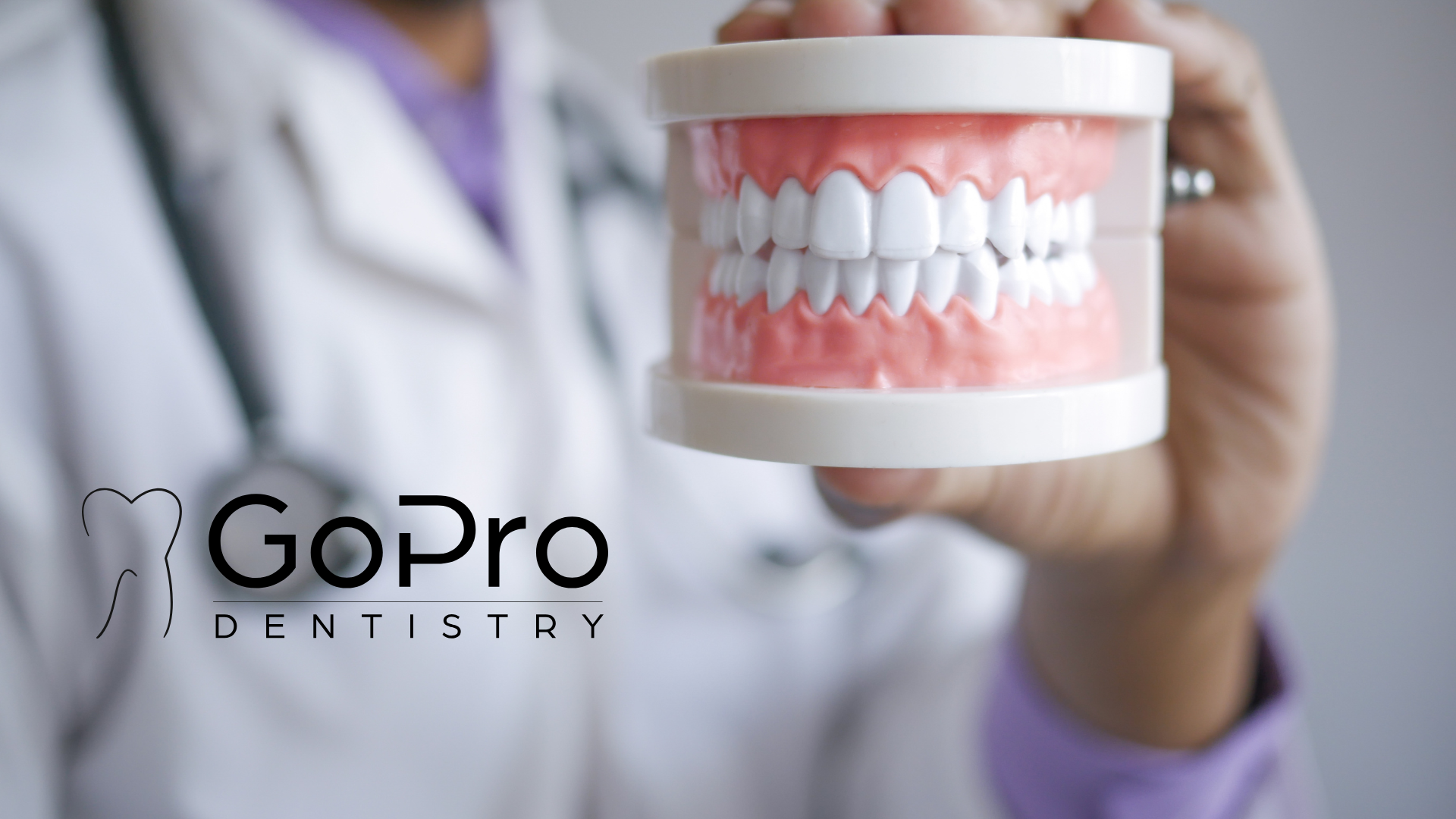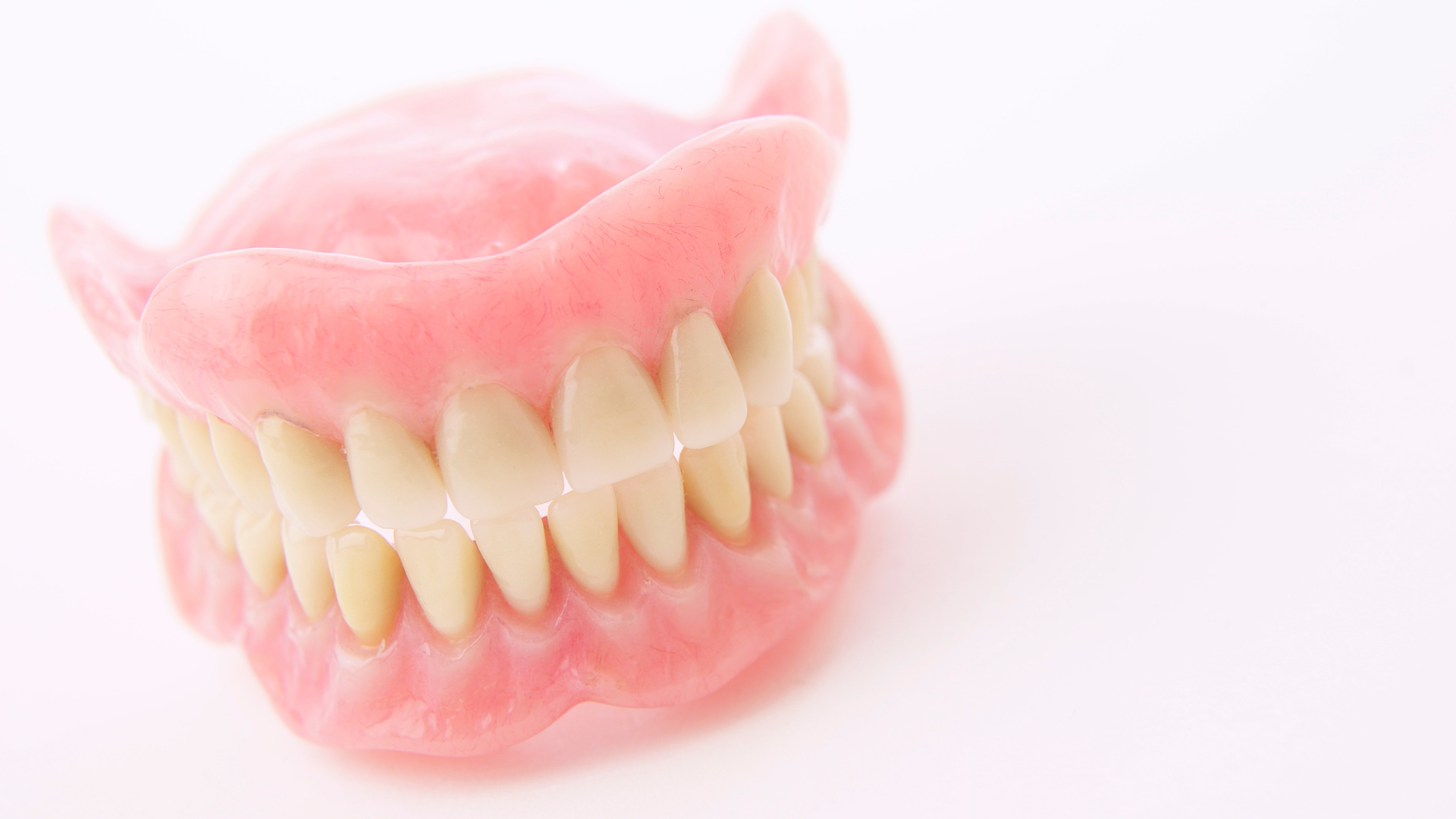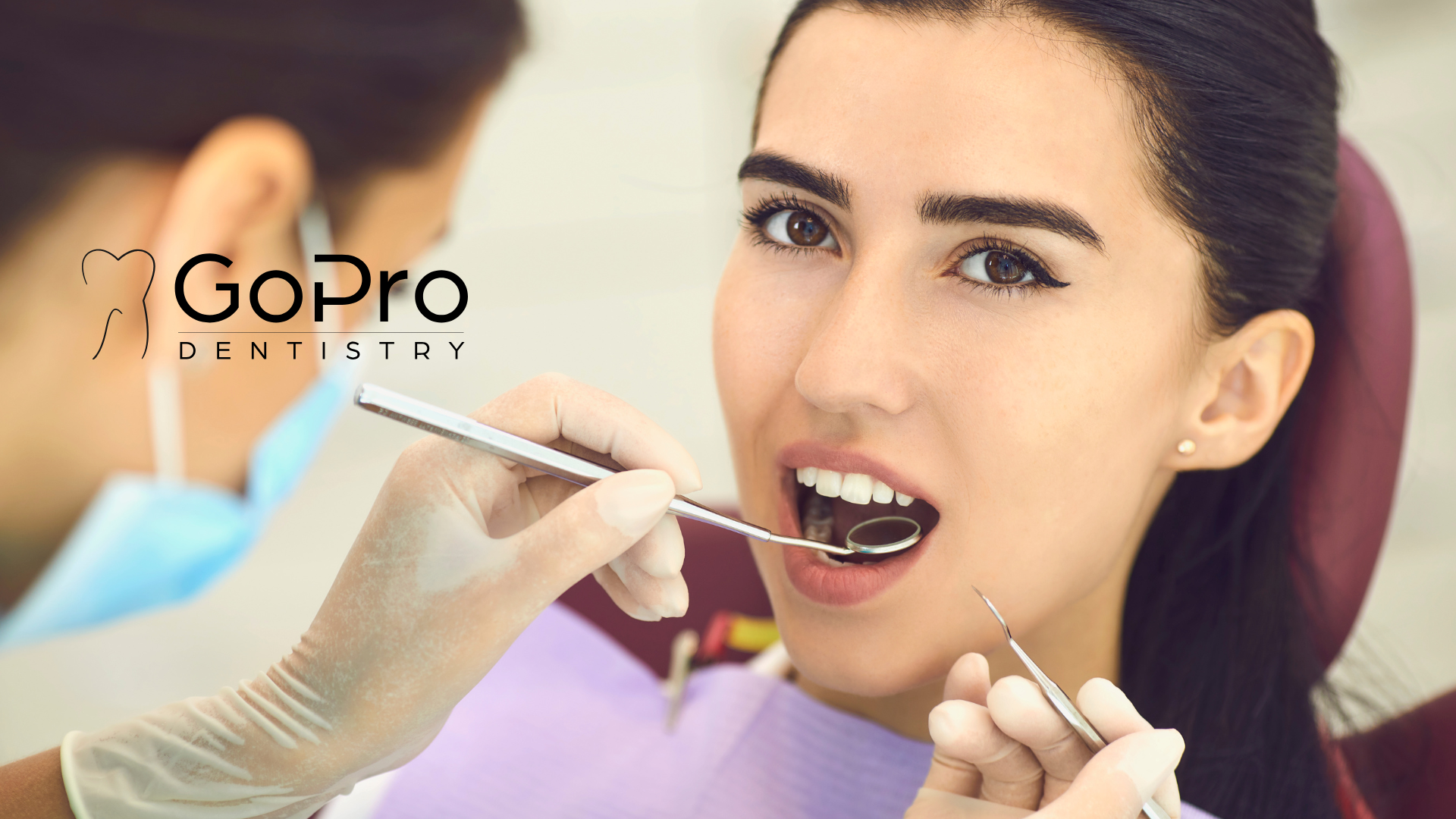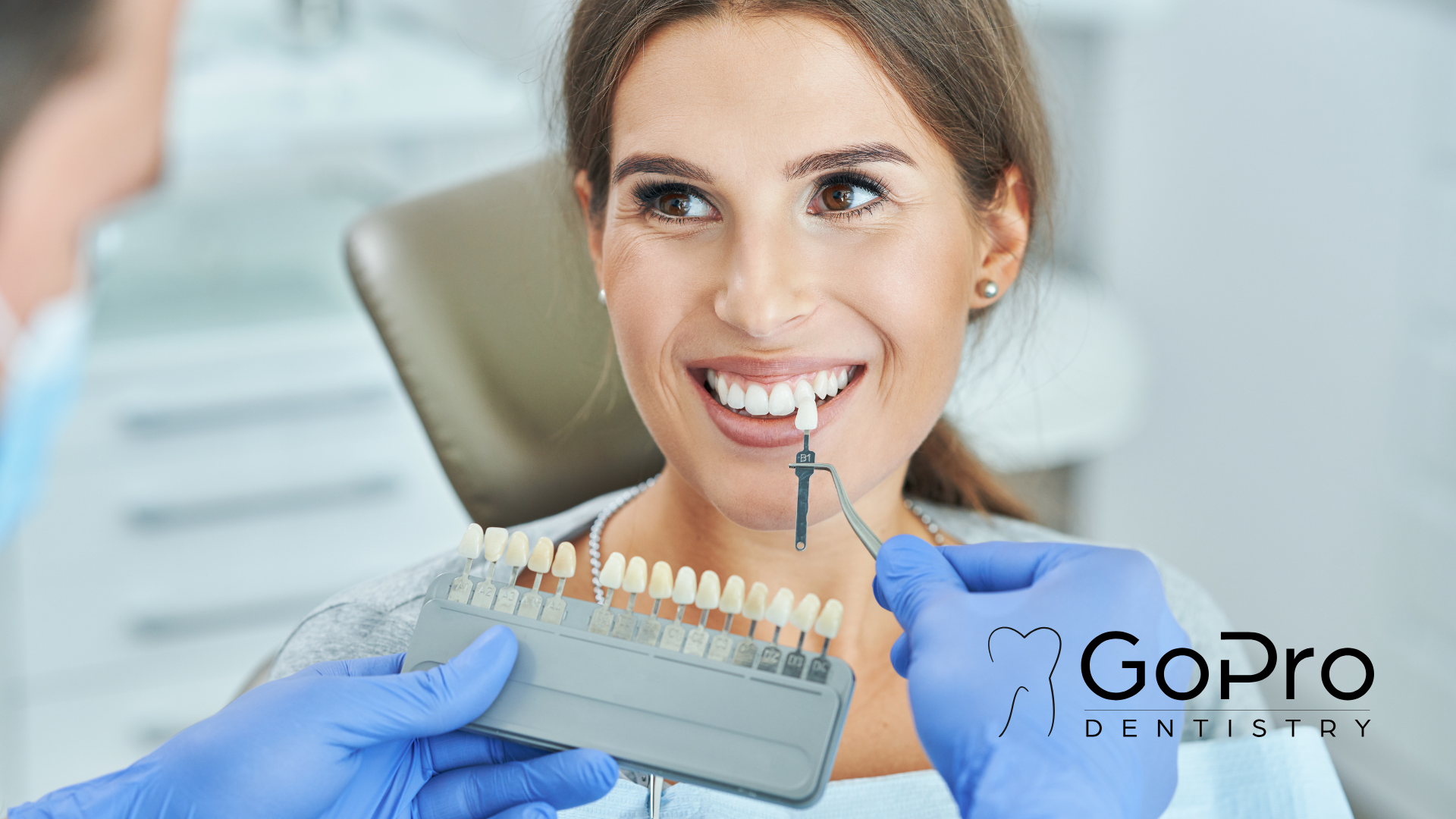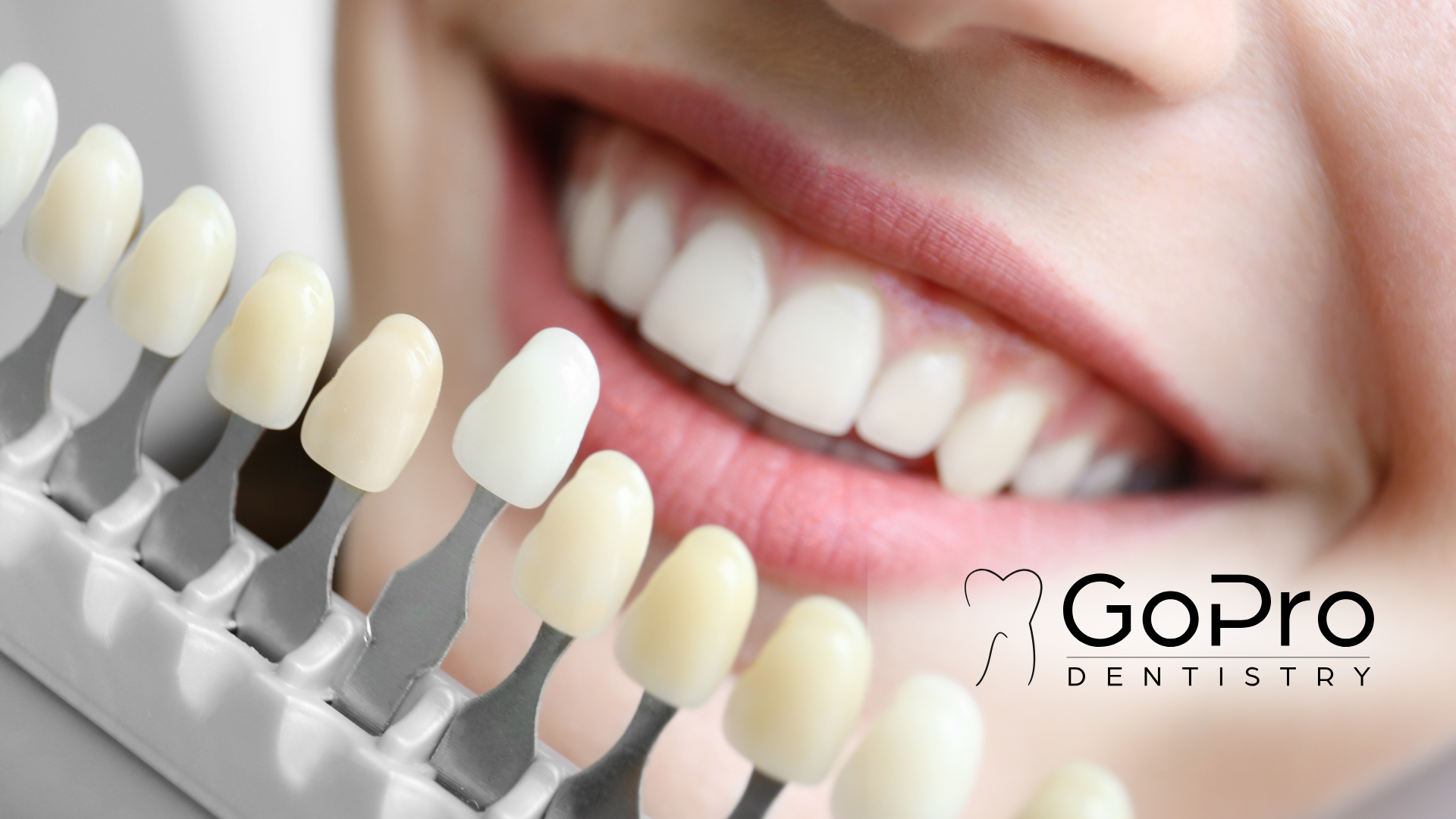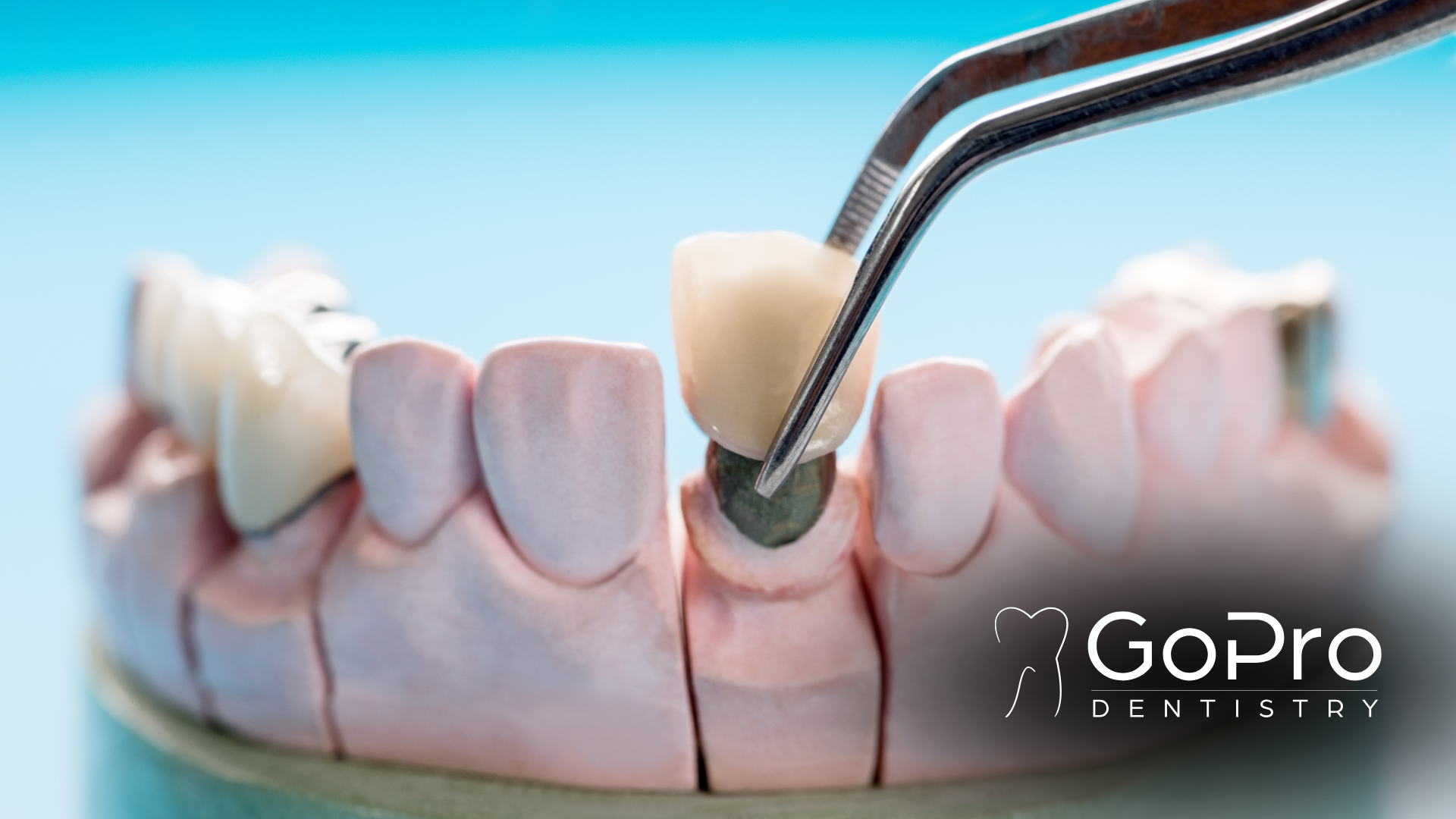Should I Brush My Teeth Before or After Using Teeth Whitening Strips?
Teeth whitening strips are a simple and effective way to brighten your smile at home. However, using them correctly is key to achieving the best results. One of the most common questions is:
Should you brush your teeth before or after using whitening strips?
The short answer: Yes, but timing matters! Let's explore the right approach.
Understanding Whitening Strips for Teeth Whitening
Whitening strips are thin, flexible plastic strips coated with a peroxide-based whitening gel. They work by penetrating the enamel to break down stains caused by coffee, tea, wine, smoking, and aging.
Reasons to Use Whitening Strips
- Convenient: No need for in-office treatments—use them at home.
- Effective: Noticeable results within days when used correctly.
- Affordable: Less expensive than professional whitening treatments.
Expected Results & Number of Treatments
- Most users see results within 3–7 days, with full whitening effects in two weeks.
- The number of treatments varies by brand, but once daily for 10–14 days is standard.
- Some brands offer express strips for faster results in just a few applications.
How to Apply Whitening Strips Correctly
- Start with clean, dry teeth (avoid excessive saliva).
- Peel the strip from the backing.
- Apply firmly to the front of your teeth, pressing for even contact.
- Leave on for the recommended time (usually 15–30 minutes).
- Remove and discard the strips, then rinse your mouth with water.
- Wait at least 30 minutes before eating or drinking to let the whitening ingredients settle.
When is the Best Time to Apply Teeth Whitening Strips?
The best time to use whitening strips depends on your routine and lifestyle. Here are the optimal times for application:
1. Before Bedtime (Best Option)
Minimizes staining – You’re less likely to eat or drink after using them, allowing the whitening agents to work overnight.
Reduces sensitivity – If you experience sensitivity, your teeth have time to recover while you sleep.
2. In the Morning
Works well if you can avoid food and drinks for at least 30 minutes after use.
Boosts confidence – Great if you want a brighter smile before heading out.
3. Before an Event (For Quick Touch-ups)
- If you need a last-minute whitening boost, some express whitening strips work within one hour.
- Avoid using strips right before eating, drinking coffee, or brushing your teeth.
Brushing Before Applying Whitestrips
Should You Brush Before Using Whitening Strips?
Yes, but not immediately before applying the strips. Brushing removes plaque and food particles, helping the strips stick better. However, it’s best to wait at least 30 minutes after brushing before applying them.
Why Wait?
- Protects Enamel: Brushing can slightly weaken enamel, and applying whitening strips immediately afterward may increase sensitivity.
- Improves Adhesion: Toothpaste leaves a thin protective layer that could prevent the whitening gel from fully working.
Pro Tip: If you want to freshen your mouth before applying the strips, rinse with water or a fluoride-free mouthwash instead of brushing.
Brushing After Using Whitestrips
Should You Brush After Using Whitening Strips?
Yes, but wait at least 30 minutes before brushing your teeth.
Why Wait?
- Whitening agents make your enamel temporarily porous, and brushing too soon could cause enamel erosion or gum irritation.
- Brushing right away might remove leftover whitening gel, reducing its effectiveness.
What to Do Instead?
- Rinse your mouth with water after removing the strips.
- Wait 30 minutes, then brush gently with a soft-bristled toothbrush.
- Use a non-abrasive, fluoride toothpaste to protect your enamel.
Factors to Consider for Teeth Whitening Strips
Teeth whitening strips are an easy way to brighten your smile, but choosing the right ones is important. Here are key factors to consider before using them:
1. Ingredients
- Most strips contain hydrogen peroxide or carbamide peroxide to remove stains.
- If you have sensitive teeth, choose a lower peroxide concentration or a gentle formula.
2. Effectiveness & Results
- Some strips work within a few days, while others take 1–2 weeks for full results.
- Whitening lasts a few months, depending on your diet and oral hygiene.
3. Treatment Duration & Frequency
- Standard strips are used once a day for 10–14 days.
- Express strips work in 1 hour or less for quick touch-ups.
- Overuse can cause sensitivity—follow the instructions carefully.
4. Tooth Sensitivity & Enamel Safety
- Whitening may cause temporary sensitivity or gum irritation.
- Use enamel-safe strips and a sensitivity toothpaste if needed.
5. Stain Type
- Best for surface stains from coffee, tea, wine, or smoking.
- Less effective on deep medication stains or discoloration from genetics.
6. Ease of Use
- Strips should stick well and stay in place for best results.
- Avoid brands that slip around or leave too much gel behind.
7. Brand & Reviews
- Choose trusted brands recommended by dentists.
- Look for ADA-approved products and read customer reviews.
8. Lifestyle & Maintenance
- Avoid staining foods and drinks right after whitening.
- Maintain results by brushing, flossing, and doing touch-ups as needed.
By considering these factors, you can find the best whitening strips for a brighter, healthier smile!
Additional Tips for Using Teeth Whitening Strips
- Follow Instructions Carefully – Overuse can lead to sensitivity. Stick to the recommended duration and frequency.
- Avoid Staining Foods and Drinks – For at least an hour after using the strips, avoid coffee, tea, red wine, and colored sodas.
- Use a Sensitivity Toothpaste – If you experience discomfort, a desensitizing toothpaste like Sensodyne can help.
- Maintain Your Results – Brush and floss regularly, and consider whitening touch-ups every few months to keep your smile bright.
- Stay Hydrated – Drink plenty of water to wash away stains and keep your enamel strong.
